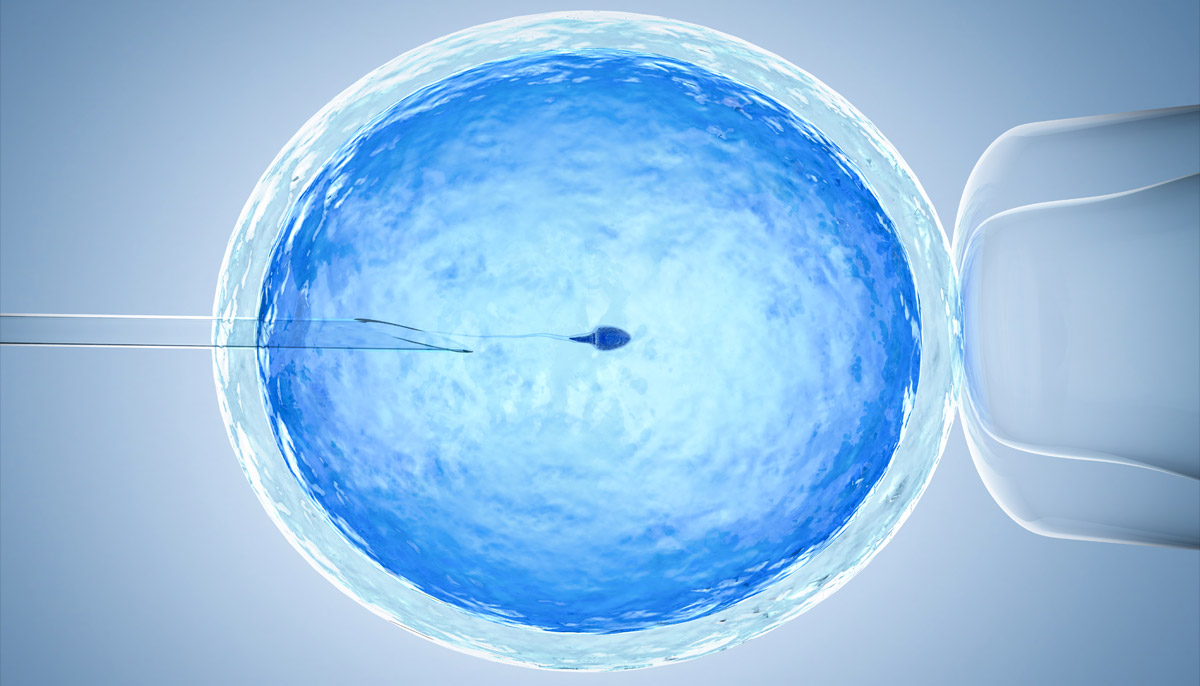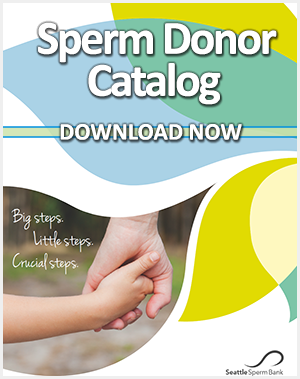Artificial insemination is a safe and effective way to conceive a child if the person planning to carry has no underlying fertility issues. Two common methods include home insemination and intrauterine insemination (IUI). To illustrate how these methods work, let’s first look at what is needed for a successful pregnancy.
Let’s start with the basics. To conceive, you need an egg, sperm, a place to meet, and a place for everything to grow. In a traditional method of conception, sperm travel from the penis and into the vagina. Sperm then travel through the cervix and into the uterus, then navigate through the fallopian tubes to meet the egg. Fertilization occurs in the fallopian tube, near the ovaries, then the embryo moves down the fallopian tube as it starts to grow. Finally, it moves into the uterus where it will grow for the duration of the pregnancy until birth.
For people working with a cryobank like Seattle Sperm Bank, the patients bring the egg, and we supply the donor sperm. Now with an egg and sperm supply, there needs to be a place to meet. With home insemination and IUI, the egg and sperm meet in the same location, the fallopian tube, but the ride to the meeting is different. During home insemination, the ride is a syringe placed into the vagina, where sperm then travel through the cervix into the uterus on their own. This can be done safely at home with a small amount of preparation as outlined in our home insemination guide. With IUI, the ride is a catheter placed through the cervix, and sperm are injected directly into the uterus. This method traditionally takes place in a clinic or doctor’s office rather than at home, but also can be performed by a licensed midwife.
In both cases, the sperm must travel through the fallopian tube to meet the egg, fertilize in that location, then travel back down the fallopian tube and implant into the uterus as an embryo. The uterus is where it will continue to grow until birth. These can be done either medicated or unmedicated and may not be appropriate for everyone. Therefore, we suggest speaking with your healthcare team to find what works best for you and your individual needs.
Insemination with Fertility Issues
If home insemination and IUI are not appropriate methods, for example, there is a blocked fallopian tube, intracytoplasmic sperm injection (ICSI) is another option. ICSI is done with the help of fertility experts at a clinic. Or, to extend our previous analogy, egg and sperm meet at a completely different address, which is a fertility lab instead of the fallopian tube. During ICSI, a single sperm is injected directly into the egg. Once fertilization has been confirmed and the embryo has had a chance to grow for a few days, it is then placed into the uterus to continue growing.
If you are having trouble with conceiving, it is best to consult with your healthcare team to decide on an appropriate next step.
If you have questions about what vials are most appropriate for these three insemination methods, please reach out to our SSB experts at cs@seattlespermbank.com or (206)588-1484. We’re always here to help.


